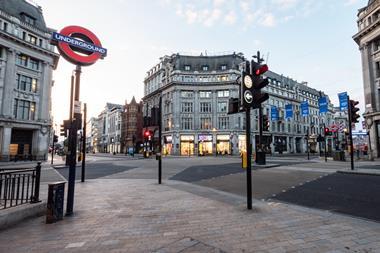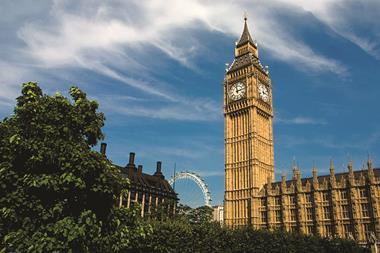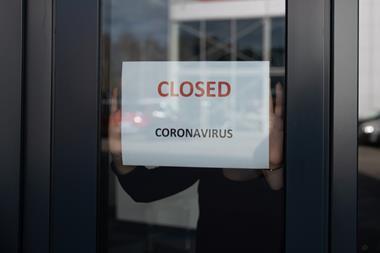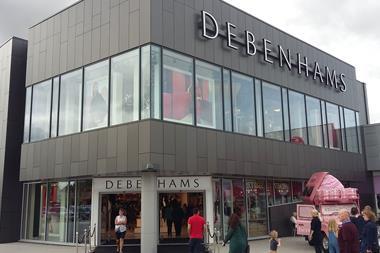An extension beyond next April of the existing business rates holiday or a reduction of rates by at least half is the only thing that will stop hundreds of retailers deciding to quit the West End in September, according to the New West End Company (NWEC).
Chief executive Jace Tyrrell has warned that either a 50% cut in business rates or an extension of the current holiday period for a further 12 months from April 1, 2021, is required to stop hundreds of retailers quitting the central London area next year.
“We need to sort out business rates. It’s not what happens on April 1, but what is decided in September of this year. I know there are hundreds of businesses in the West End that are going to decide whether to stay or leave depending on what happens with business rates.”
Chancellor Rishi Sunak suspended all business rates payments for retailers, hospitality businesses and theatres for 12 months in late March, in response to the then gathering coronavirus crisis. He also pledged that the government’s fundamental review of business rates would be published ahead of the autumn statement.
Tyrrell says that the government needs to give businesses an indication of what they plan to do before the scheduled autumn spending review in November, as retailers will begin budgeting costs for next year in early autumn.
“They will either downsize or move out of the West End completely if nothing is done, because it’s such a big overhead cost. That decision will be made this autumn because what they will do with their staff and their properties will be based on their operating costs for next year and that will include rates, obviously,” he says.
“These businesses need to know before the autumn budget and spending review in November. They need to know by September if they will extend the holiday for another year or cut rates by 50%. For us, that is potentially huge, because it’s potentially hundreds of retailers that could close and that could lead to 50,000 job losses.”
Since non-essential retail reopened on June 15, 5.1 million people have visited the famous shopping district, down 73% year on year for the same period.
NWEC have warned that this could lead to a catastrophic £5bn loss in sales for retailers in the area, on top of spiralling costs.
Footfall recovery slow
Tyrrell painted a picture of a slow but steady return of footfall to the West End in the two months since non-essential retailers were allowed to reopen stores.
He said that footfall had recovered 50% since lockdown was implemented in March, but described the rebuilding as “very slow and very fragile”.
Customers “feel very safe” shopping in stores and visiting restaurants, Tyrrell said, but noted the main issue slowing the recovery of the West End was that people still don’t feel safe travelling, particularly on the tube.
“The big issue for us is getting people to the West End, basically. That’s what people are telling us, is that they don’t feel comfortable travelling.”
To that end, Tyrrell said NWEC was working with Transport for London to get and share real-time travel data with potential customers to indicate particularly busy times and stations, and advise those concerned to avoid travelling then.
“If we had real-time data, we could help customers feel safe, show them when stations are too packed or are quieter. We’re also trying to encourage people to cycle in and walk; we’re looking at every form of transport, really.”
With the mayor of London Sadiq Khan due to visit the West End on Wednesday, Tyrrell said the “mixed messaging” coming from various government agencies was not helping to build customer confidence.
Ultimately, though, Tyrrell said “we’re going to have to learn to live with social distancing for at least the next year to 18 months”.
He added: “The only way we’re going to get through this is by getting in place a really effective track-and-trace system and more effective treatments. That’s the best way to build people’s confidence about coming back into city centres like the West End.”


























2 Readers' comments